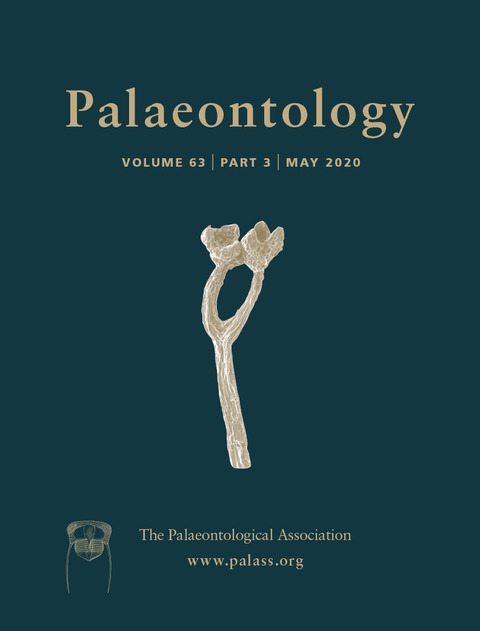Reg. Charity No. 1168330

Modern elasmobranchs have a long evolutionary history and an abundant fossil record that consists mainly of teeth. Many fossil taxa have living representatives. However, the representation of extant taxa in the fossil record is unknown. To begin to understand the geological history of extant elasmobranchs, we here assess the quality of their fossil record. We do so by assessing the Pull of the Recent (POR). The POR can bias the fossil record because the rather complete record of living taxa allows palaeontologists to identify fossil members of the modern clades and to bridge time bins where fossils are absent. We assessed the impact of the POR by quantifying the proportion of extant elasmobranchs that have a fossil record, but do not occur in the last 5 million years (Pliocene and Pleistocene). We found that the POR does not affect orders and families, but it does affect 24% of elasmobranch genera. Within the different elasmobranch orders, the Lamniformes display the most complete generic fossil record, with no impact of the POR. Although modest, the impact of the POR in extant elasmobranch genera is higher than that found in other taxa. Overall, the geological history of elasmobranchs contradicts the usual assumption that the fossil record becomes worse backwards in time. This is the case across geographical regions and tooth size, further suggesting that sampling intensity and outcrop availability might explain the POR effect on sharks and rays.
AcknowledgementsWe thank J. Pollerspöck from Shark‐References for facilitating references, K. Shimada and H. Ferrón for facilitating PDFs, and S. Pimiento for helping with graph design. O. Aguilera and J. Kriwet commented on an earlier draft of this manuscript. This project has received funding from the European Union's Horizon 2020 research and innovation programme under the Marie Skłodowska‐Curie grant agreement No 663830. This is the Paleobiology Database publication number 359.